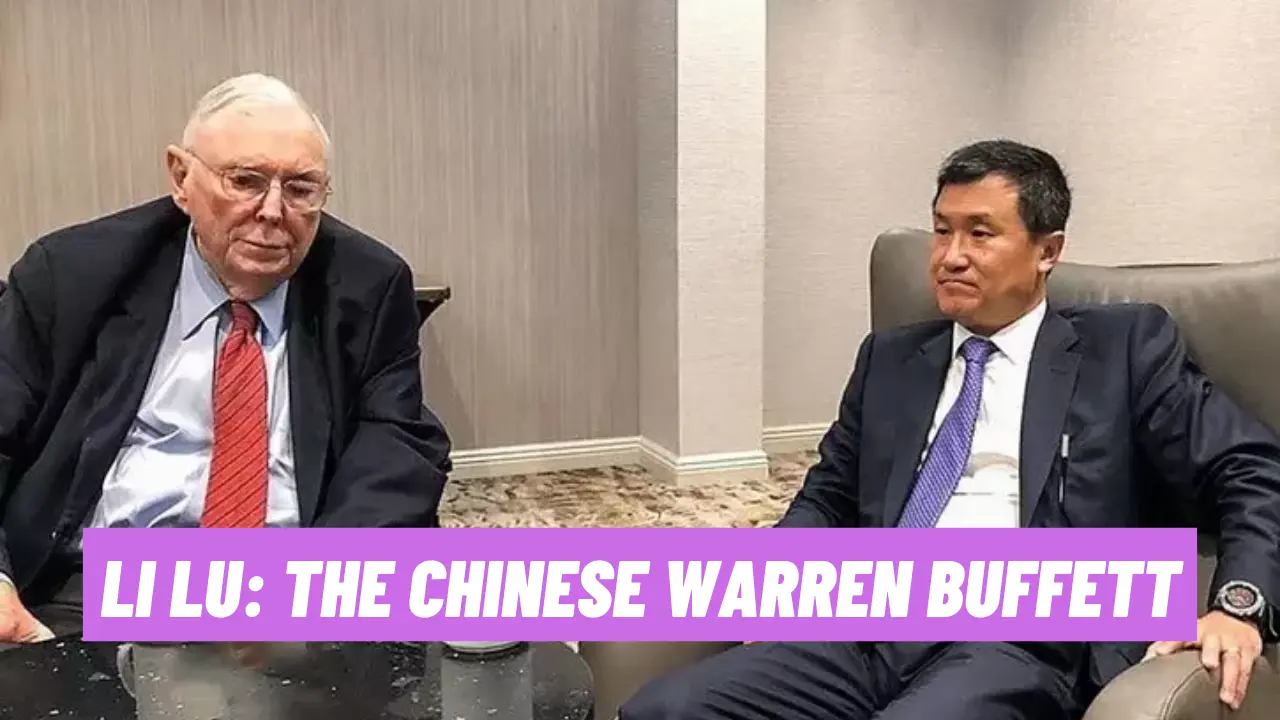GameStop, the video game retailer that became a household name during the 2021 stock market frenzy, is making headlines once again. Recent developments have led to a notable surge in its stock price, capturing the attention of investors and market analysts. This article delves into the factors behind GameStop’s latest rise, its implications for the market, and what investors should watch for going forward.
Recent Surge in GameStop’s Stock
- Stock Performance:
- Current Price Movement: GameStop’s stock has seen a significant uptick, with prices rising by over 15% in the past week.
- Volume Spike: Trading volumes have also surged, indicating renewed interest from both retail and institutional investors.
- Market Reactions:
- Investor Sentiment: The recent surge has rekindled the enthusiasm among retail investors, reminiscent of the early 2021 rally driven by Reddit’s WallStreetBets community.
- Analyst Views: Market analysts are closely monitoring the situation, with some attributing the rise to a combination of improved financial performance and speculative trading.
Factors Driving the Surge
- Financial Performance:
- Quarterly Earnings: GameStop’s latest quarterly earnings report showed better-than-expected results, with higher revenues and a narrower loss than analysts had projected.
- Cost-Cutting Measures: The company has implemented several cost-cutting strategies, contributing to its improved financial health.
- Strategic Initiatives:
- E-Commerce Expansion: GameStop has continued to expand its e-commerce platform, aiming to compete more effectively in the digital market.
- New Partnerships: Strategic partnerships and new product offerings have also bolstered investor confidence.
- Market Dynamics:
- Short Squeeze Potential: Speculation about a potential short squeeze, similar to the one in early 2021, has driven up the stock price as investors anticipate another rapid increase.
- Retail Investor Activity: The stock remains popular among retail investors, who have shown a strong willingness to buy and hold despite volatility.
Implications for Investors
- Volatility Risks:
- High Volatility: GameStop’s stock remains highly volatile, posing significant risks for short-term traders and long-term investors alike.
- Speculative Nature: The recent surge is partly driven by speculative trading, which can lead to rapid and unpredictable price movements.
- Investment Strategies:
- Cautious Approach: Investors are advised to approach GameStop with caution, keeping in mind the potential for both substantial gains and losses.
- Diversification: Including GameStop in a diversified portfolio can help mitigate risks associated with its volatility.
- Market Trends:
- Broader Impact: The rise of GameStop may have broader implications for the market, influencing investor behavior and sentiment towards other meme stocks.
Expert Opinions
- Analyst Insights:
- Mixed Reactions: Analysts are divided on GameStop’s future prospects, with some optimistic about its strategic initiatives and others wary of its speculative nature.
- Long-Term Potential: While some experts see potential for long-term growth, they caution that the stock’s performance will heavily depend on the company’s ability to sustain its current momentum and achieve profitability.
- Retail Investor Perspective:
- Community Support: The retail investor community remains a strong supporter of GameStop, driven by a mix of financial hopes and a desire to challenge traditional market players.







